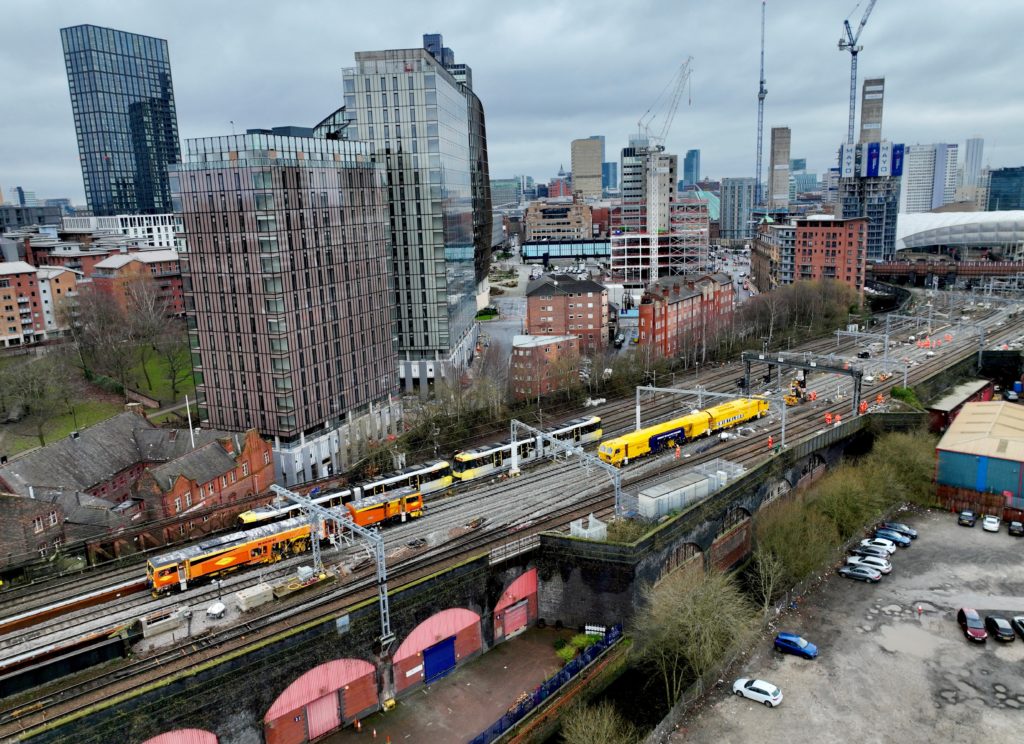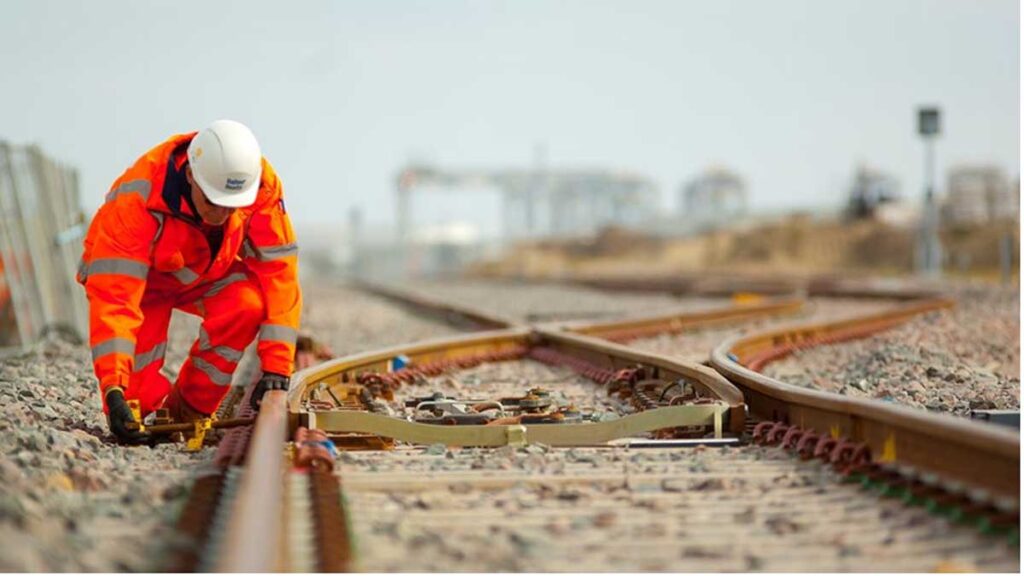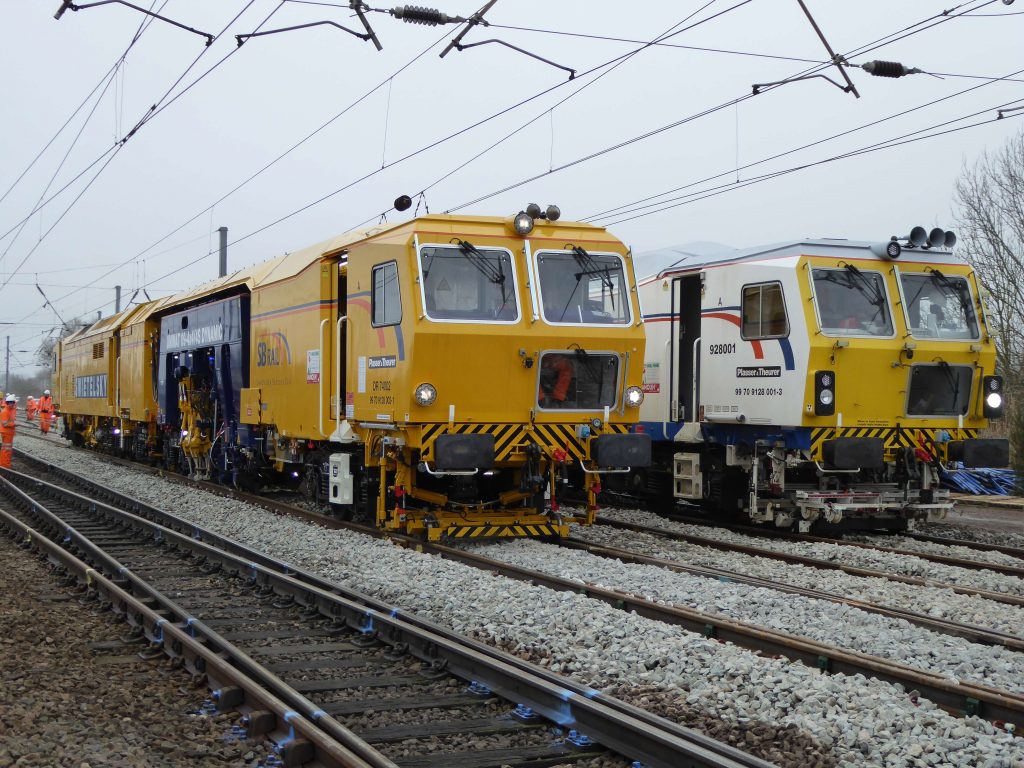Many of our vital maintenance and upgrades projects take place over bank holiday weekends.
But what do we usually get up to? What are these engineering works? And how do you mean a better railway for you?
Here’s a short rundown of some of work we typically get up to during these holidays …
Major projects
We often undertake major works that have been mapped out years in advance to ensure they run smoothly.
They include the Transpennine Route Upgrade, a multi-billion pound investment in the railway between York and Manchester via Leeds and Huddersfield.
It will improve connectivity in the North of England. It will also support economic growth in the North and deliver real benefits for passengers and communities.
There’s also the multi-billion pound Great North Rail Project, which aims to improve travel in North by giving you 2,000 extra services each week. This will mean 40,000 more passengers can travel each day.
Down South, the East West Rail scheme seeks to re-establish a rail link between Cambridge and Oxford. It will ultimately improve connections between East Anglia and central, and southern and western England.

Seasonal maintenance
We also tend to use the bank holidays to carry out essential works that will help the railways cope better with the increasingly turbulent seasonal weather.
We prepare our tracks for specific weather-related issues that would otherwise cause significant delays and even danger – either during the very hot summer months or in the freezing winter.
For example, to prepare for heatwaves, we often paint certain sections of the rails white to prevent them expanding and causing the rail to buckle. Meanwhile in the winter, we attach heaters to certain points to prevent ice forming that may otherwise cause significant train delays.

What are our other bank holiday planned engineering works?
Alongside our bigger projects, our smaller and more routine work is just as vital …
Overhead lines
These lines help us maintain a greener and faster network by powering electric trains. We maintain or install new overhead line equipment – and the gantries, which hold the lines over the railway. We also ensure the lines are more resilient to hot weather.
Track renewals and replacements
Track means the rails, sleepers and switches and crossings. We renew the track when we can to get the best value out of what’s already there. For instance, we can extend the life of a piece of rail by shaving the top part of the steel to remove any defects.
Find out how we renew rail with the rail milling train
But we must replace rail or even whole sections of track when it’s come to the end of its usable life.
Ballast
These stones, which support the tracks, get worn down over time so we need to replace ballast regularly. We use a tamping machine to restore the line level and move the stones beneath the sleepers.
Switches and crossings
We must regularly maintain or replace switches and crossings – the movable sections of track that guide trains from one track to another and allow them to cross path. We must also keep the points, which move switches and crossings, in top condition.
Signals
Upgrades to the traffic lights of the railway at critical junctions and stations help keep trains moving safely and smoothly.

Bridges, tunnels and viaducts
We have 30,000 bridges, tunnels and viaducts, many from the Victorian era. They need plenty of maintenance and refurbishment – and we often must replace whole bridges or sections of bridges to ensure they stay safe.
Further information